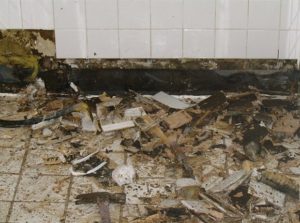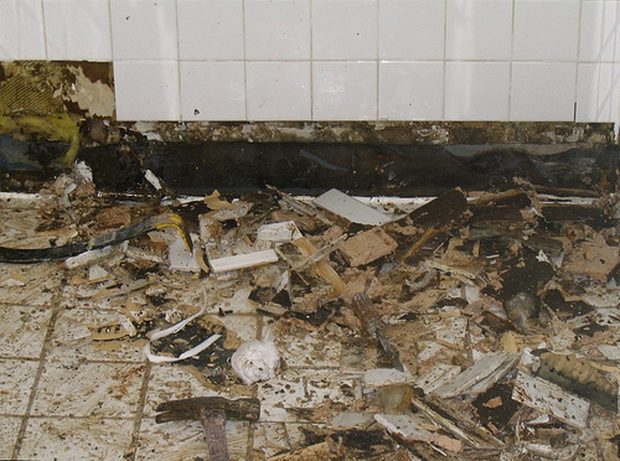 Whether or not you have ever owned a home or business, you’ve probably had the experience of pulling back an old piece of wallpaper or pulling up an old floorboard and discovering the presence of mold. This household past is particularly prevalent in old homes and buildings, but can literally be found anywhere – including in homes that haven’t even been finished. What’s more, toxic mold presents significant risks to health and property. The last thing you want is to be consistently exposed to toxic mold spores without knowing.
Whether or not you have ever owned a home or business, you’ve probably had the experience of pulling back an old piece of wallpaper or pulling up an old floorboard and discovering the presence of mold. This household past is particularly prevalent in old homes and buildings, but can literally be found anywhere – including in homes that haven’t even been finished. What’s more, toxic mold presents significant risks to health and property. The last thing you want is to be consistently exposed to toxic mold spores without knowing.
When a mold infestation is present, there are ways to deal with it professionally and effectively. That’s the good news. But mold remediation does come at a price, and can also be time-consuming. That’s why mold prevention should really be the focus of homeowners and business owners nationwide.
As we look at different aspects of mold prevention, and as we examine national data and statistics related to mold infestations, we begin to see certain patterns and themes emerge. The reality is that mold doesn’t grow accidentally. There is always a reason for it, and there is always a way to prevent it.
So which areas of the home are most susceptible to mold, and what are some specific mold prevention measures that can be put in place? Finding answers to these questions could mean the difference between a mold free environment and a hefty mold remediation bill.
Follow the humidity
Basements and bathrooms are two of the most common places where residential mold infestations thrive – and there is a very simple reason for this. Mold loves humidity. The darker and damper the environment, the easier it is for various species of toxic mold to incubate and spread throughout the home. Basements are inherently humid because of their location underground. They receive very little light, and the ventilation is often poor.
Bathrooms are humid mostly due to the constant presence of hot water. As steam permeates the tiles, grout, fixtures and walls, the conditions for mold growth become optimal over time.
Kitchens are another common place to find mold, Even though this is just about the last place we would want mold to be. Again the presence of steam and hot water from cooking is a factor, as are the higher temperatures as a result of stove tops, ovens, and other kitchen appliances.
Knowing where to look for mold
Although it’s true that certain areas of the home are more susceptible to mold than others, the fact is that residential mold can grow anywhere if the conditions are right. Key in on areas of the homes that are dark, damp, and poorly ventilated – these areas may not be the same in every home, but these conditions will almost always lead to mold growth over time.
It’s also worth noting that a huge quantity of residential mold is invisible to the naked eye. That is why professional mold inspection and professional mold testing are such important tools for homeowners in this day and age.

